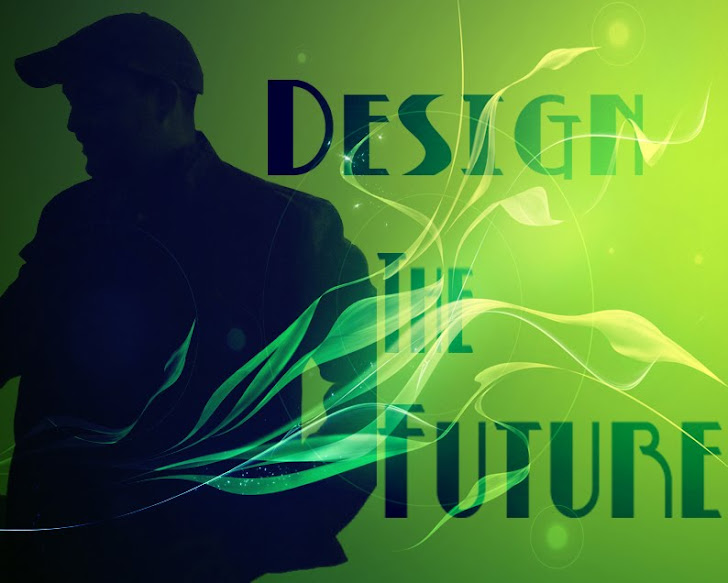Oddly enough, I have a hard time calling myself an “artist.” I say it jokingly with friends and colleagues when discussing the hardships of life in the arts, or when I try to justify giving away pieces I’ve done as holiday gifts (see, this post is getting in the holiday spirit!). However, if you ask me what I do for a living, I will say that I am a “Designer,” and can be stubbornly insistent upon the distinction.
This is not to say that I am not an artist-I create and enjoy working on various art projects as a passion in my life, but, personally, I feel that in the hierarchy of my personality, being a “designer” includes my work as an “artist.”
(HIERARCHY OF MY PERSONALITY!-----------------------v)
For me, making the conscious choice of one title over another is, in itself, an expression of my personality. It should also be noted, that when I answer “designer,” I am not always addressing the question of what my job is. I am a designer. It is not just a job I do to make a living (because I’d be an idiot if that were the case, and should go to law school or something), it defines how I live in and see the world.
I like to believe that I am an analytical and reasonable person, someone who can usually looked at to be logical and calm. An asset I bring to my work, as I usually cope well with the high level of stress involved in the day-to-day realities of this career, and an ability to solve problems as they arise. Yet, I have chosen to work in this field because I am also an extremely passionate man, who is unafraid of his emotions (a modern man, as they said…back in the 90’s). I see beauty and tragedy in all aspects of life, and empathize easily, with which I apply sincerely to create work that is in itself beautiful and tragic.
Also, I am hilarious. Well, no, not really. I’m clever? I can’t say because that is an aspect that is not for me to decide, it is how I am viewed by other people.
And now, far along in the post, we get to my point (sorry-you can start reading here if you don’t want to know about ME. I won’t take it too personally [probably])
As anyone who works in the art can tell you, it’s a people business. After the first year or so, most of your work comes from recommendations, friends of friends, returning to clients who liked your work, etc. The secret to understand is…talent is only part of the equation, and, many times, not the largest part.
You’ve probably heard the old saying “no matter how good you are, somebody is always better.” Well, that’s true, but also not entirely. There is always somebody who is at least as good as you, looking for work, and it’s more about being different than being better.
So, as you can guess, if talent is relative, the best thing you can do for yourself is to excel at being awesome to work with. Be as awesome as you can be to be around-at least at work, though, hopefully, you continue to be awesome at home. Go out for a drink (even if you don’t, just don’t make it weird) with co-workers, be willing to discuss things outside the job, and just do your best to enjoy the experience.
As in previous posts, a mantra of mine (developed through actually writing this blog) is that the more reflection and consideration you give to the different parts of your life, the better your work, and your life, in general, can be.
Your work is a reflection of who you are, undeniably. No matter how different each project is, you are putting a piece of yourself on display each time. It is in your style, your choices, and the way you create; therefore it is undeniable.
I just encourage you to do your best to ensure that the self-portrait you present in your work is as awesome as it can be.
Okay, I’m done saying awesome.
Awesome.






